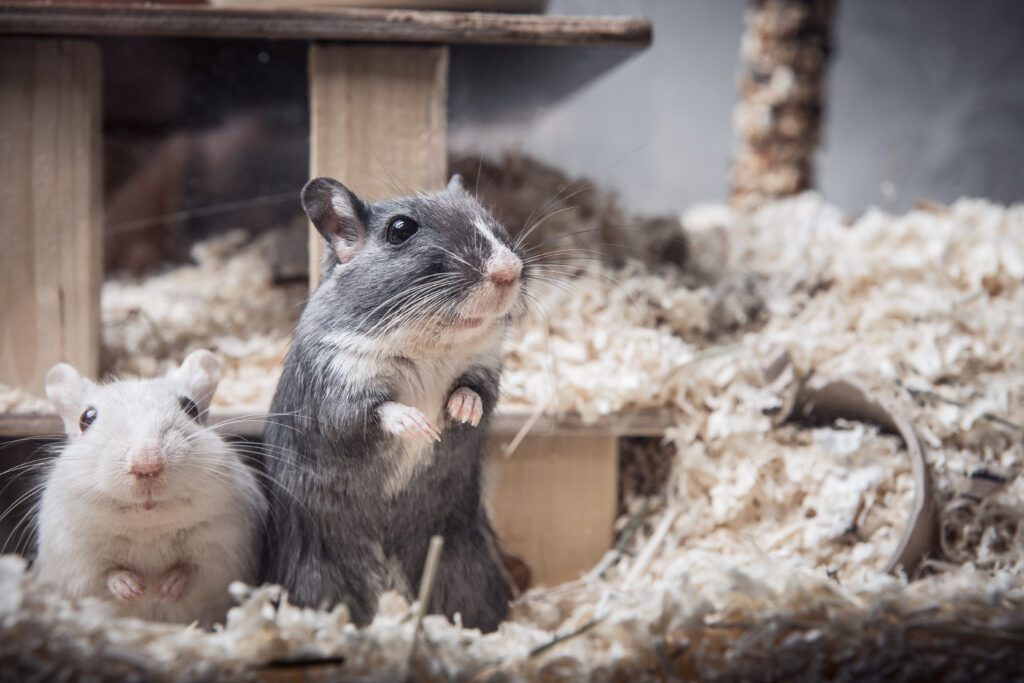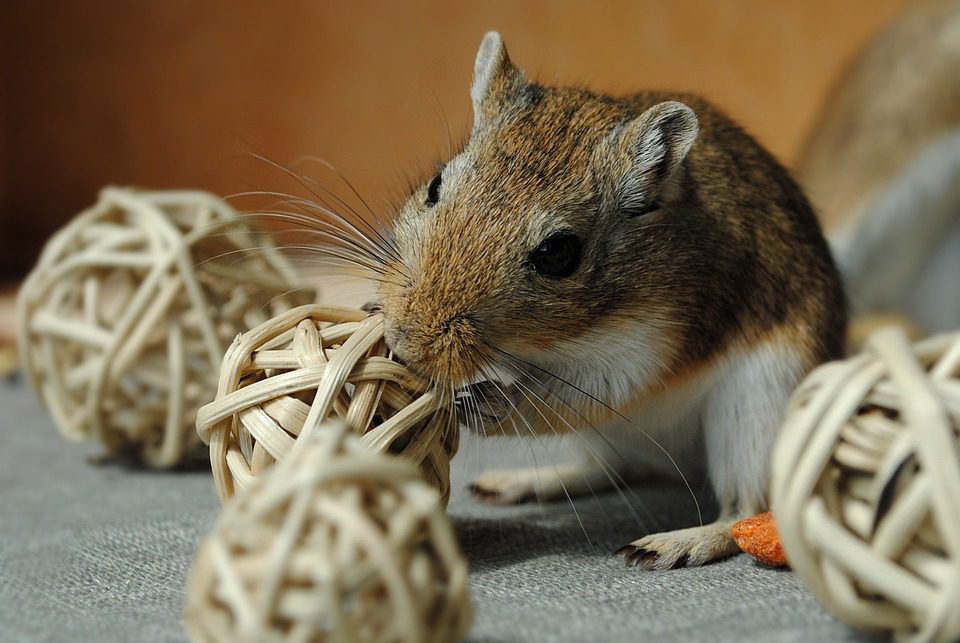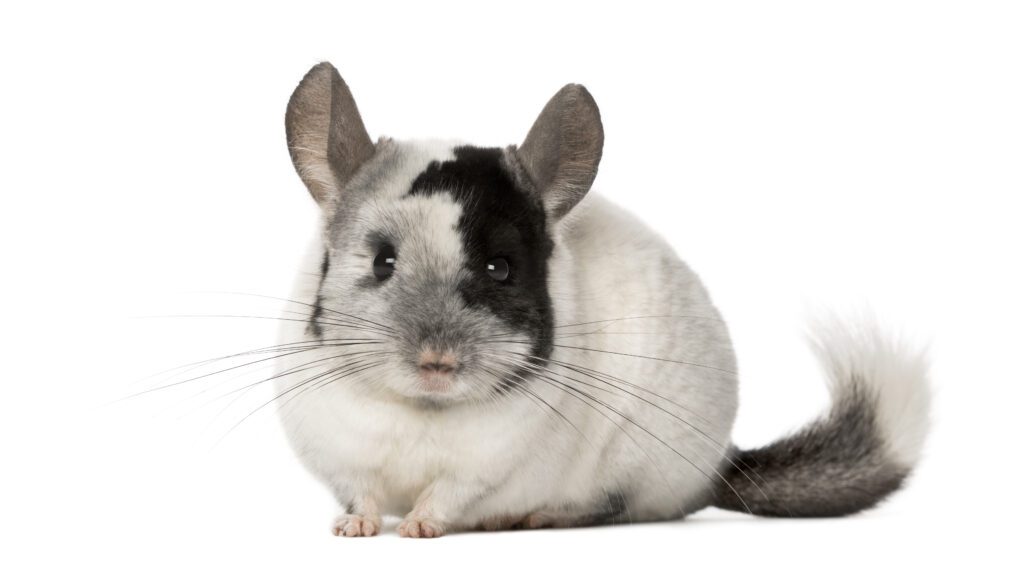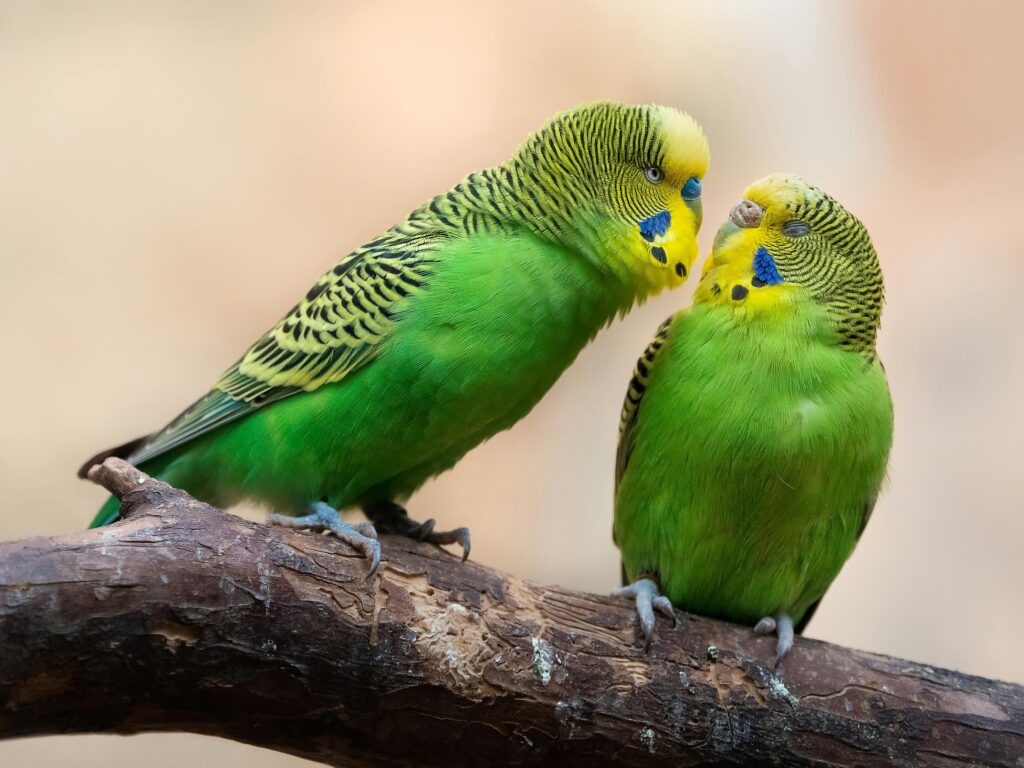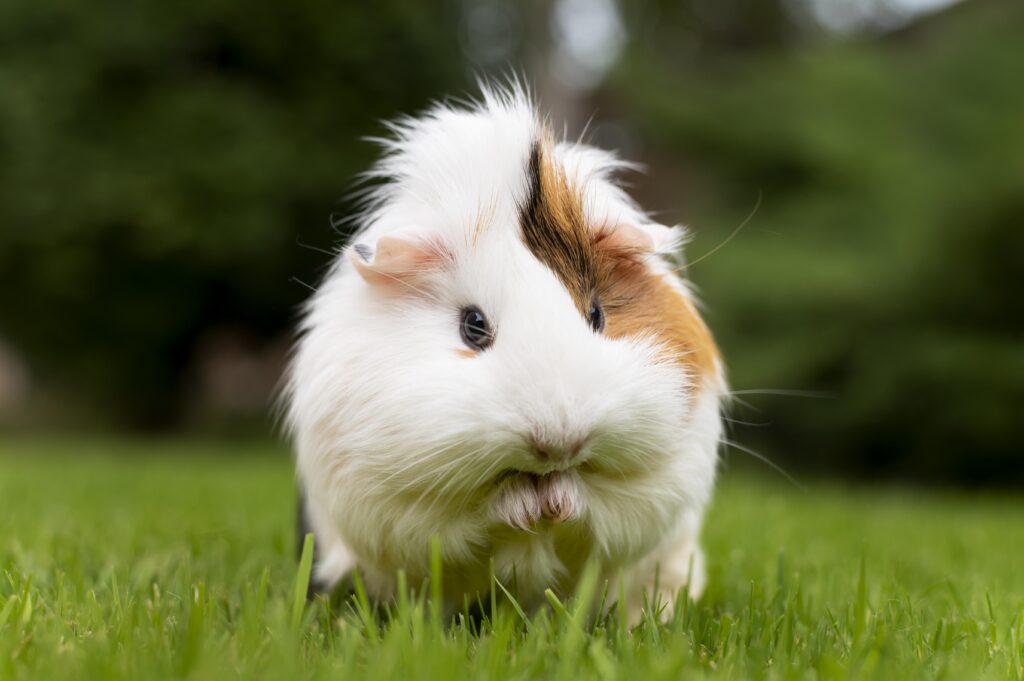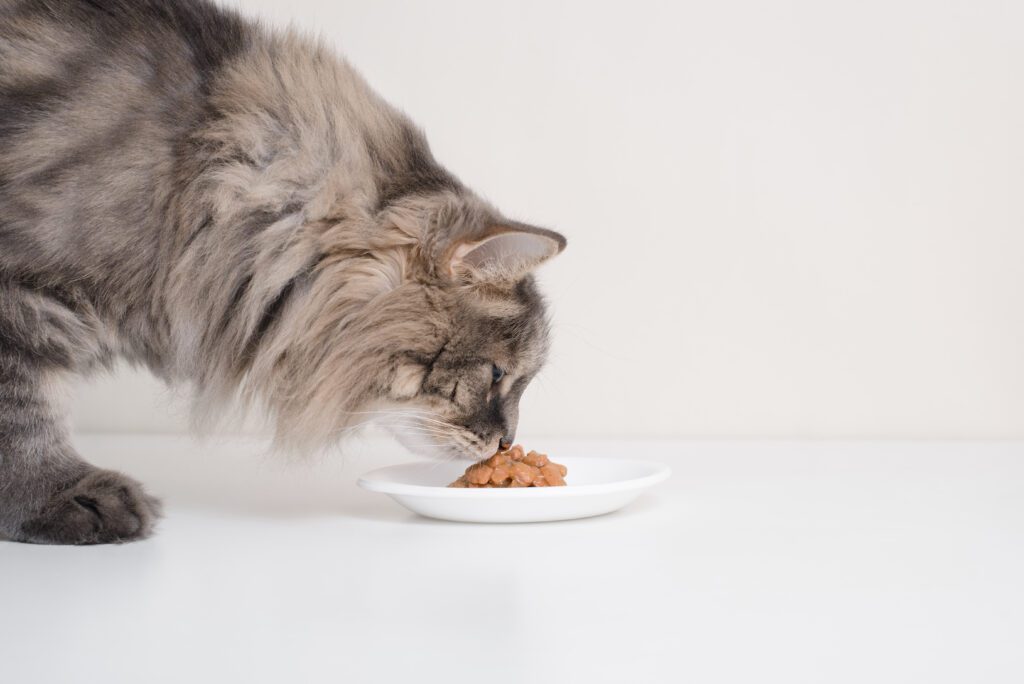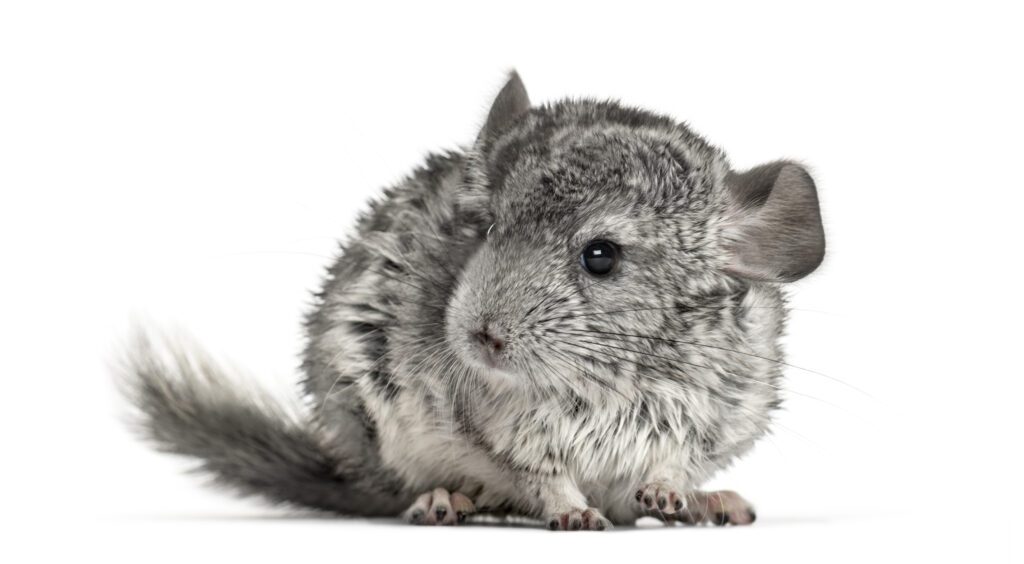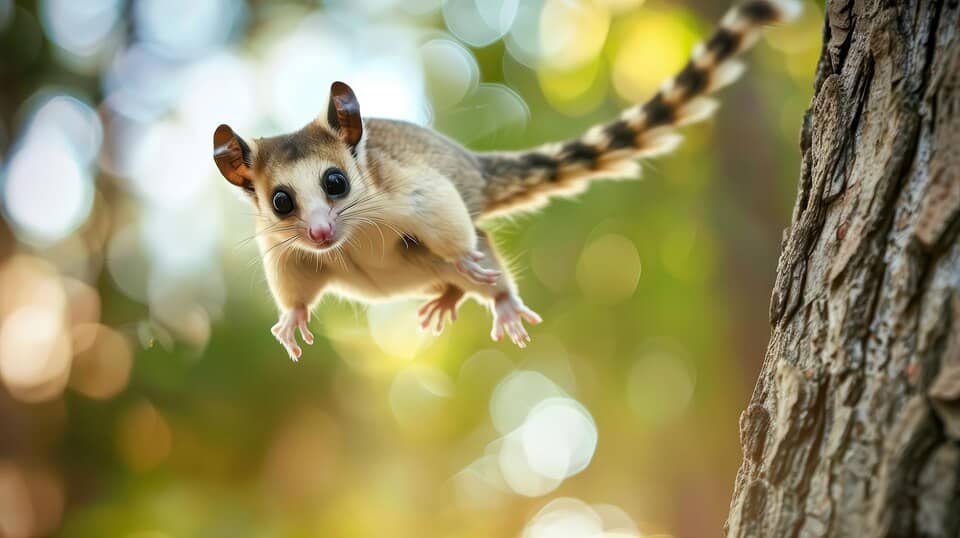
TOPICS COVERED
ToggleLearn about How Do You Teach a Sugar Glider To Fly. Learn how to teach your sugar glider to fly safely with expert tips on bonding, practice, and creating a secure environment.
Introduction
The sugar glider is a small marsupial that lives in Australia and New Guinea, it is known for the fact that it has unique gliding ability. It weighs between 4-5 ounces and has big eyes with a soft gray coat on its body.
Sugar gliders are flakes, often living in social groups, and they desire togetherness. Omnivorous feeding on fruits, nectar, and insects is what mainly makes up their menu. Caged for ten to fifteen years requires a large pen and regular contact for the sake of their welfare.
These cheeky animals are a favorite for many pets. They astound their owners with acrobatic skills and affectionate character yet assume considerable social necessities and care aspects that make them happy at all times.
How Do You Teach a Sugar Glider To Fly?
Here are the directions on how you should go about teaching a sugar glider to fly.
1. Bonding
Your sugar glider and you must have a strong conceitedness for training to be successful. Spend time with them each day, enjoying your hands/arm/clothes exploration. Ensuring security, speak quietly while avoiding abrupt movements that may make you fearful.
You can also treat them during handling sessions so that they associate it with pleasant experiences. Eventually, they will be comfortable with you and trust you. This bond is a critical factor in that your sugar glider will feel safe to fly toward you in the Environment.
Choose a big room or enclosed outdoor area for your sugar glider to fly safely in. This is important to pr, provide enough space and safety for them in case of anything hazardous such as sharp objects around. Close all windows, doors, and vents so that it does not escape.
Avoid bringing such things that can make the sugar glider fall and get hurt. For instance, avoid breaking objects or too fancy types of decorations. Cover the ground with padded rugs or cushions for falls too. That way you would practice flying a hornbill sugar glider.
3. Short Distances
Begin practicing your avian control techniques by inducing your sugar hornbill to be carried off for a short distance above the ground. Begin by placing them at a distance of about 1-1.2 meters from you. Then throw some bait at yourself or call them gently and coaxingly. Always ensure that the distance is controllable since they may be scared-initialed.
This will make them think they are leaping towards you as though they were gliding. Make their confidence grow bit by bit; cheer them every time they succeed and give them treats or praise to make them feel like they are flying.
4. Positive Reinforcement
To train your sugar glider to fly, it should be positively reinforced. Whenever they glide successfully towards you, give them a small treat or some praise immediately. Therefore, they associate flying with something good.
Be consistent in your reward, using the same treat and/or words each time. You want to create a pleasant flying experience that encourages your sugar glider to continue practicing. Never use negative reinforcement, as this may induce fear into its psyche and make it not want to fly.
5. Gradual Increase
Once your sugar glider gets used to short flights, they can be challenged further step by step. Gradually lengthen their gliding path such that they never lose confidence. Another way of encouraging diverse flying behavior is by adding things that are low obstacles or perches.
Keep ann how they react. If they appear stressed or nervous; keep the intervals shorter and train longer before revisiting this. Make sure you make the sessions exciting and enjoyable so that they love learning how to fly and increase their self-belief concurrently.
6. Supervised Flying
Always supervise your sugar glider during flying practice. This oversight ensures their safety and allows you to observe their behavior and comfort level. If they show signs of fatigue or stress, such as panting or reluctance to continue, it’s time to end the session.
Make them feel safe when they are honing their flying skills by being there to calm them down. It is also important to note that the location where they are learning must be free at the same time dangerous elements are eliminated. This can include but is not limited to pets or kids.
7. Regular Practice
Your Sugar glider will learn to fly toy if you are regular. Try to make such sessions habitual at least a few times per week, only they should be short to avoid fatigue. This is considered an ideal practice session time – about 10 – 15 minutes.
Use the sessions to build on positive behavior and gradually add more challenges as they perform. Mixing up the environment, or different types of treats keeps it interesting. The more you practice, the more confidence your sugar glider will grow and the more advanced they’ll become at flying.
Safety Considerations
- Supervision is Key: When it comes to training schedules, it is always advisable to have a glucose cushion pet with you. Be ready to catch one in case of a missing landing site.
- Avoid Heights: Training near high places could cause a fall and hurt your sugar glider. Choose a leveled training area where you can easily catch your pet.
- Limit Training Time: Sugar gliders can get stressed if training sessions are prolonged. Keep the sessions short (5-10 minutes) and entertaining for your sugar glider.
Housing and Care
They can be kept as pets in well-provided cages with multi-levels, climbing possibilities, and safe toys to give mental stimulation. Their immediate environment should be allowed to mimic their natural habitat closely, allowing for hiding places and areas to glide. The living space needs to be safety-proofed and free of hazards as well. They are sensitive to temperature also and should, therefore, be kept in a controlled environment.
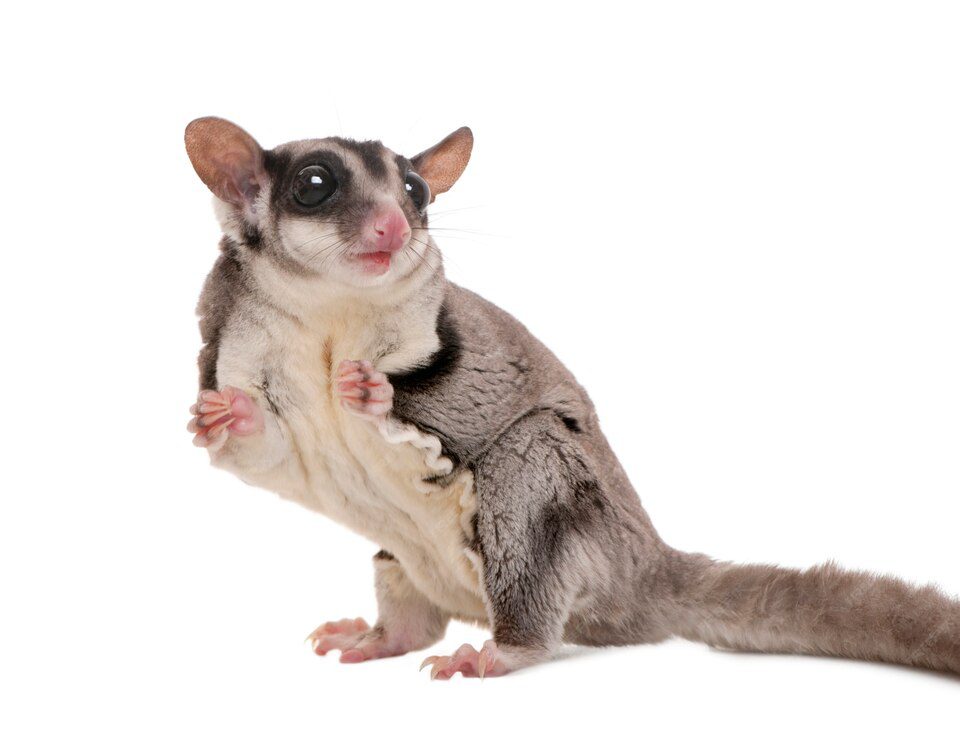
Gliding Ability
Sugar gliders are most interesting when gliding. They cannot fly they just coast up to 50 meters downward thanks to parachuting skin instead of grabbing air currents. They should extend their paws when falling if they want to cover the maximum possible glide range since this way they can move around in space pretty nimbly at all. By doing this, the animals avoid their enemies as well as move around well in trees.
Common Health Issues
Numerous health problems can confront the ape including the ailments above state. Obesity usually results from overfeeding and lack of exercise among these mammals; additionally, poor dental hygiene may result in tooth decay. Their owners need to make sure these animals see the veterinarian regularly so that any illnesses involving sugar gliders can be caught early enough before they get serious.
FAQs
Can all sugar gliders learn to fly?
Most sugar gliders learn the act of gliding once you teach them since it is a natural behavior. Moreover, they have a membrane, called the patagium, which enables them to glide from one height to another. It is a surefire way to boost their confidence and strengthen their bond.
Can I teach my sugar glider to perform tricks while flying?
Yes, you can teach tricks during flight training. Once they’re comfortable gliding, introduce simple commands and use treats to reward them for completing a task, such as flying to some specific location or performing a spin in the air.
What should I do after my sugar glider successfully glides?
Use appropriate praise and his favorite treat as a means to celebrate his success. Positive reinforcement strengthens the behavior and encourages him to learn more. Always close a session with a high note so that the experience would not turn out to be too long and become too much to enjoy and be rewarding.
Can sugar gliders fly outside?
A sugar glider can safely fly outdoors in a closed area. Always wear a harness and leash on your sugar glider. Introduce your sugar glider gradually to flying outside so that she adjusts easily to her new setting.
Is it safe for sugar gliders to fly indoors?
Flying the sugar gliders indoors is safe in general within a safe environment. Just make sure that sharp objects are removed, windows are covered, and there is no danger in the area. Always watch the glider as it soars around so that accidents do not occur.
Conclusion
Teaching your sugar glider to glide is fun and also a good bonding experience because it makes the bond between your pet and yourself stronger. It trained as your sugar glider in the natural action of gliding while using a safe environment, building confidence through jumping, and then gradually introducing gliding. Be patient and give positive reinforcement so that the process of learning becomes a happy endeavor for you and your pet. And voila, in no time, your sugar glider will be swimming through the air.

